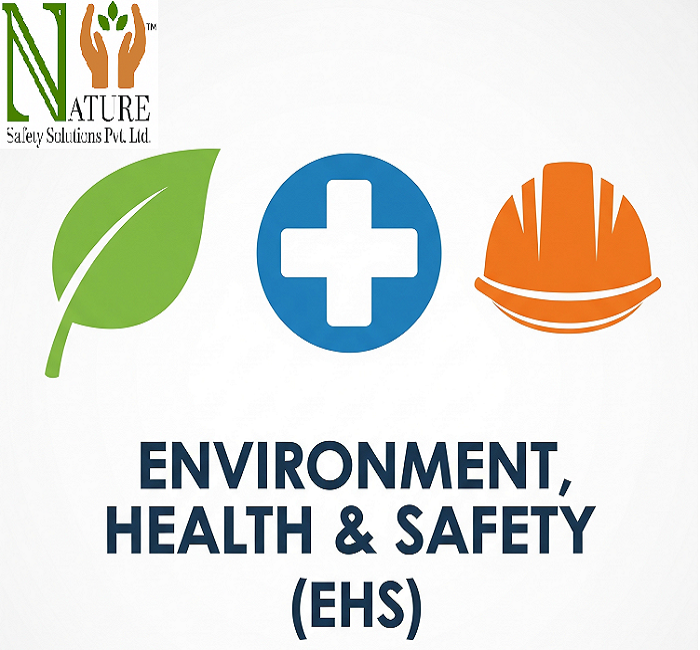In today’s fast-evolving industries, success isn’t just about productivity and profit—it’s also about protecting people and the planet. That’s where (EHS) Environment, Health, and Safety comes in.
But what exactly is EHS? And why should every business, from a manufacturing giant to a tech startup, take it seriously?

What Is EHS?
EHS is a discipline that focuses on the well-being of workers, the safety of the workplace, and the impact a company has on the environment.
It combines:
- Environment: Managing waste, emissions, and natural resources to reduce environmental harm.
- Health: Ensuring physical and mental well-being through hygiene, ergonomics, and wellness programs.
- Safety: Preventing accidents, injuries, and hazards in the workplace.
It’s not just a checklist—EHS is a commitment to sustainability, human dignity, and corporate responsibility.
Why Is EHS Important?
1. Protects Employees
Your people are your most valuable asset. EHS protocols help prevent accidents, occupational diseases, and long-term health issues. From proper PPE use to mental health support, EHS creates a culture of care.
2. Ensures Legal Compliance
Governments and regulatory bodies enforce strict safety and environmental laws. A strong EHS program helps you comply with standards like OSHA, ISO 14001, and local labor laws—avoiding fines, lawsuits, and shutdowns.
3. Builds a Positive Reputation
Clients, partners, and the public respect companies that prioritize sustainability and employee safety. A solid EHS policy enhances brand value and trust.
4. Improves Efficiency and Productivity
Safe, healthy workplaces lead to fewer disruptions, lower absenteeism, and better morale. When employees feel safe and valued, they work smarter and stay longer.
5. Supports Environmental Responsibility
EHS is a powerful tool in the fight against climate change and pollution. Through waste reduction, energy conservation, and cleaner processes, companies can reduce their carbon footprint and contribute to a greener future.
EHS in Action: Real-Life Examples/
- A chemical plant installs automatic leak detection systems to prevent toxic exposure and environmental contamination.
- A tech company offers sit-stand desks and mental health resources to improve employee wellness.
- A construction firm adopts a “Zero Harm” safety policy with daily tool-box talks and on-site hazard assessments.
These aren’t just policies—they’re real steps with real impact.
Key Components of an Effective EHS Program
- Risk Assessment & Hazard Control
- Employee Training & Engagement
- Incident Reporting & Investigation
- Emergency Preparedness
- Sustainability & Green Practices
- Regular Audits & Continuous Improvement
Final Thoughts
EHS is not a burden—it’s a business advantage. It empowers organizations to operate responsibly, safeguard their teams, and build a sustainable future. In a world where expectations are high and accountability is public, strong EHS practices are no longer optional—they’re essential.
Protect people. Preserve the planet. Promote progress. That’s the power of EHS.
Read also:-

Pingback: The Role of PPE in Industrial Safety -
Pingback: Work in Peace: Controlling Noise for Safety and Comfort -
Pingback: Water Conservation Tips for Offices and Factories -
Pingback: Understanding Fire Classes: How to Fight Different Types of Fires -
Pingback: How Environmental, Health & Safety Powers ESG Impact -